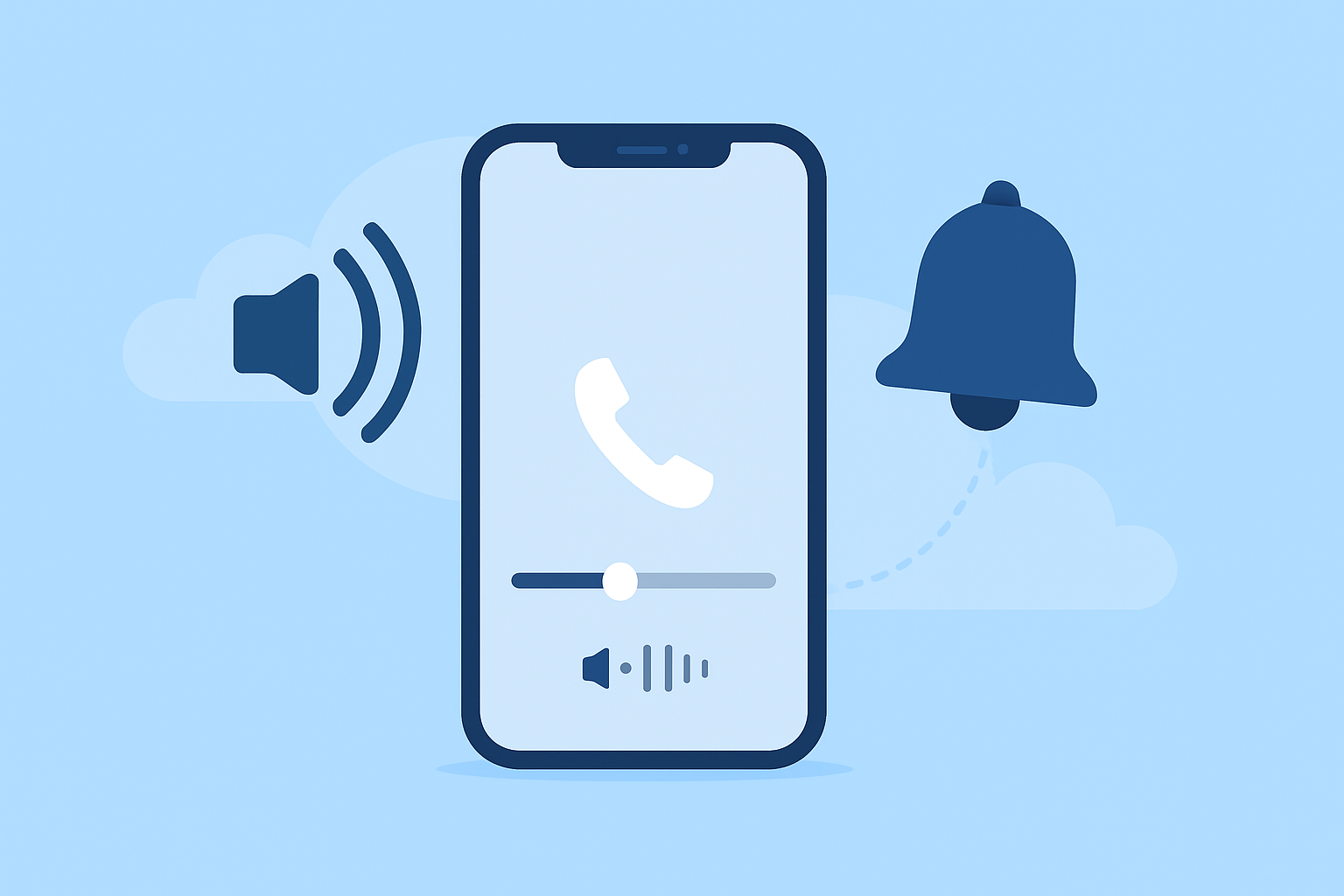FINANCE
Why a Small Business Loan Matters for Long-Term Growth
Every small business reaches a stage where growth requires more than time and effort—it requires...
Learn More


![]() November 10, 2025
November 10, 2025
Launching or scaling a business means making smart financial decisions—especially when it comes to buying the equipment that keeps everything running. Whether you need machinery, kitchen appliances, computers, or specialized tools, the cost can put pressure on your cash flow. Many business owners assume their only option is to take out a bank loan or wait until revenue improves.
But there’s a faster, more flexible alternative: using invoice factoring to finance equipment purchases. Instead of relying on traditional loans, you can turn your unpaid invoices into working capital and get the equipment you need right away.
This guide breaks down how equipment financing through factoring works, why it’s a practical choice for small businesses, and how it compares to traditional financing options. If you’re looking for a simple, low-stress way to keep your business moving forward, this approach is worth understanding.
Many businesses operate with thin margins, especially during startup phases. Cash flow becomes even tighter when you need new equipment—maybe your tools are outdated, a machine finally gave out, or you need to expand your capabilities to meet increasing demand.
If you delay, your operations may slow down, customer satisfaction can drop, and your team loses efficiency. But if you buy equipment too early without enough capital, you could end up under financial strain.
That’s where equipment financing comes in. It gives you the ability to acquire essential equipment without draining your budget or taking on unnecessary debt. And among the many financing methods available, invoice factoring stands out because of its speed and flexibility.
For more insights on how to manage early-stage finances, you can also explore topics like finding funding as you start and grow a business.
Invoice factoring is one of the simplest and fastest ways to access cash for your business—especially if you regularly deal with slow-paying customers or clients who take 30, 60, or even 90 days to settle invoices.
Here’s the key point: factoring is not a loan.
Instead, it’s a financial transaction where you sell your outstanding invoices to a factoring company (called a “factor”) at a discount. The factor gives you most of the money upfront and releases the rest once your customer pays.
This setup allows you to convert future income into immediate cash without taking on debt, risking collateral, or going through a slow bank process.
If you want a deeper look at credit behavior, check out how to maintain good standing with credit score management.
After you receive the funds from your factored invoices, you can immediately start buying the equipment your business needs. There’s no long waiting period and no restrictions on what type of equipment you can purchase—unlike traditional lenders who may require specific vendors or equipment appraisals.
Here’s how the process typically works when using factoring for equipment financing:
Since factoring funds are considered working capital—not a conditional loan—you hold full control over your purchase decisions. This gives you the flexibility to buy:
If you want to explore comparable financing options, here’s a helpful read on the advantages and disadvantages of equipment loans.
Traditional loans definitely have their place—but they aren’t always the right fit when you need equipment urgently or when your business is still small or growing.
Here are the biggest advantages of choosing factoring instead of a loan:
Bank loans can take weeks to approve, and that’s assuming you qualify.
Factoring approvals, on the other hand, often happen within a few days because the factor is primarily looking at your customer’s creditworthiness, not yours.
Borrowing from a bank means taking on long-term debt. Factoring doesn’t create debt at all—it simply advances you the money your business has already earned but hasn’t yet collected.
Banks often require collateral or personal guarantees.
Factoring relies solely on your invoices, making it a much lower-risk option for business owners.
Your available funding grows as your sales grow.
The more invoices you generate, the more working capital you can access—ideal for businesses that are expanding or experiencing seasonal spikes.
Since factoring isn’t a loan, the factor has no ownership or claim over your equipment.
This removes one of the biggest stress points of financed equipment purchases.
Imagine you run a service business—maybe HVAC, cleaning, construction, IT support, or a food service operation. You need new equipment to take on bigger jobs or additional clients, but your current cash flow is locked up in invoices that won’t get paid for weeks.
By factoring those invoices:
This is why factoring is especially useful for industries with slow customer payment cycles.
For small businesses facing financial setbacks, you may also find helpful guidance in getting a business loan despite past challenges.
Factoring is worth considering if:
It may not be ideal if:
But for many growing businesses, factoring offers a level of speed, simplicity, and flexibility that traditional financing can’t match.
To purchase the equipment your business needs, you must have access to steady capital. When cash flow becomes tight or slow-paying customers hold up your ability to reinvest, invoice factoring can provide immediate working capital without debt, without collateral, and without long approval times.
Instead of letting limited cash flow delay your growth, factoring offers a strategic way to keep your business equipped, competitive, and moving forward.
If you’re planning to apply for additional funding options, you can reach out using the contact button below.

Xfinity Cable TV Packages, Channels, Prices, and More: A Simple Guide
Nov 27, 2025

Fixing Low Call Volume on iPhone: A Simple Guide to Clearer Calls
Nov 26, 2025

Vivint Smart Home App Made Easy
Nov 26, 2025

Why a Small Business Loan Matters for Long-Term Growth
Nov 24, 2025

Smart Borrowing Online: The Dos and Don’ts You Need to Know
Nov 21, 2025